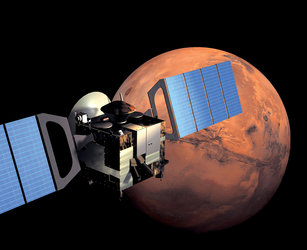To the Moon and Beyond: How Technology is Enabling New Frontiers in Space Exploration

Space exploration has come a long way since the first manned mission to the moon in 1969. The advancements in technology have enabled new frontiers in space exploration, and have made it possible for humans to travel further and deeper into space than ever before. From the moon to Mars and beyond, technology is playing a critical role in making these missions possible. One of the key technology advancements that has enabled new frontiers in space exploration is the development of reusable rockets. Traditional rockets were used once and then discarded, making space travel expensive and unsustainable. Reusable rockets, on the other hand, can be used multiple times, significantly reducing the cost of space travel and enabling new missions to be undertaken. This has opened up new possibilities for space exploration, including the potential for manned missions to Mars. Another technology that has enabled new frontiers in space exploration is the development of autonomous vehicles. Auto...





